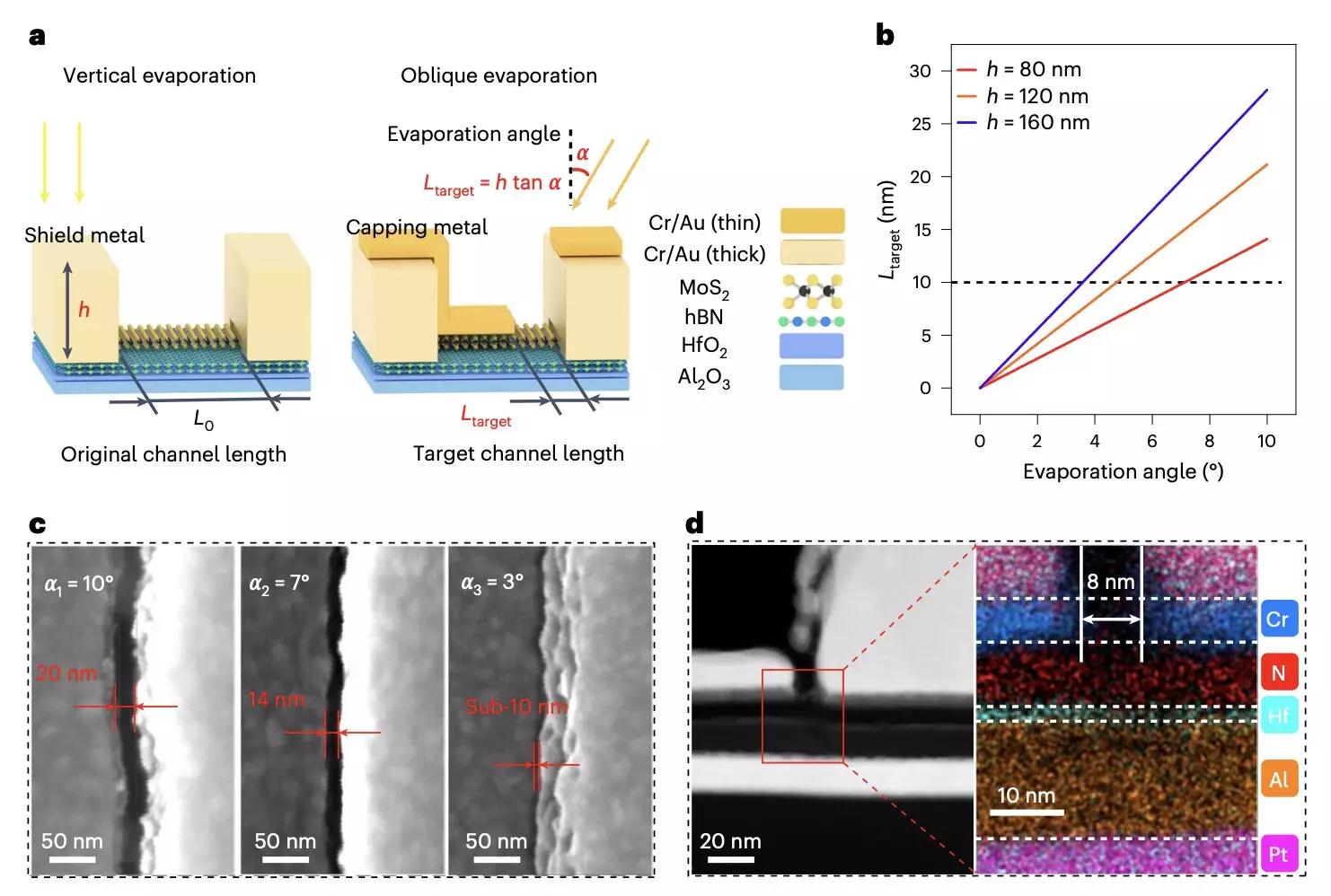In the age of artificial intelligence (AI), the ability to process vast volumes of data efficiently is paramount. This has prompted a pressing need for enhanced memory devices that can keep pace with the computational power required by AI algorithms. Traditional data storage solutions, while functional, often fall short of meeting the stringent demands for speed and efficiency dictated by advanced AI applications. Thus, researchers and engineers are increasingly exploring innovative technologies geared toward high-bandwidth memory systems. These systems are designed not only to bolster the memory bandwidth of processors but also to significantly reduce power consumption, leading to a harmonious blend of performance and efficiency in data processing.
While flash memory has become a household name due to its non-volatile capabilities—allowing data retention even when the power is off—its performance is often mired by speed limitations. Typical flash memory, although widely utilized, does not ideally accommodate the high-speed processing needs presented by AI advancements. Therefore, the quest for ultrafast flash memory has emerged as a paramount goal for researchers. The challenge lies in the integration of materials and designs that could transcend the limitations currently seen in traditional flash technologies.
Recent developments have shifted focus toward two-dimensional (2D) materials, which have shown significant promise for constructing high-performance memory devices. Researchers are beginning to realize that these materials can offer the ultrafast transfer speeds necessary for next-generation memory solutions. However, one major hurdle remains—the scalable integration of such 2D materials into functional memory arrays. Previous attempts to harness the capabilities of these ultrafast 2D flash memories had shown promise but were often hindered by the complexities involved in their integration on a larger scale.
An initiative from a research team at Fudan University has brought a glimmer of hope to the future of memory technology. Their groundbreaking study, published in Nature Electronics, detailed a novel approach that successfully integrates 1,024 flash memory devices with an impressive yield exceeding 98%. This development not only exemplifies the potential of 2D materials in crafting ultrafast memory systems but also forefronts a new methodology that could make large-scale commercial applications feasible.
Through their work, the researchers have employed a variety of sophisticated processing techniques, including lithography and advanced deposition methods, to create memory devices using specific configurations of tunneling barriers. The configurations, such as HfO2/Pt/HfO2 and Al2O3/Pt/Al2O3, when paired with monolayer molybdenum disulfide, showcase the flexibility and adaptiveness of this new integration philosophy.
One of the standout achievements of this study is the ability to scale the channel length of ultrafast flash memories down to sub-10 nm dimensions. This is a remarkable feat, especially considering that traditional silicon-based memories struggle to get close to this threshold. The capacity of these new devices to store up to 4 bits of data while retaining robust endurance—surpassing 105 cycles—highlights their potential to revolutionize the landscape of data storage.
Initial tests carried out by the researchers indicate promising results, which suggest that the integration processes developed can lead to practical applications in various 2D materials beyond what has currently been explored. This opens up avenues for further experimentation and application, marking a significant advancement toward the widespread deployment of ultrafast flash memory devices.
As researchers continue to refine their techniques and understanding of 2D materials, we are on the brink of a transformative era in data storage technology. The implications of these high-yield, ultrafast flash memory devices could extend far beyond merely meeting the demands of AI applications. They could also redefine consumer electronics, enhance cloud storage solutions, and empower future technological innovations across various industries.
The pursuit of ultrafast flash memory is not just a technical endeavor; it represents a fundamental shift in how we will manage, process, and utilize data moving forward. In a world increasingly driven by AI, this development could prove to be a cornerstone of future technological advancements, securing its place in the annals of memory technology history.


Leave a Reply